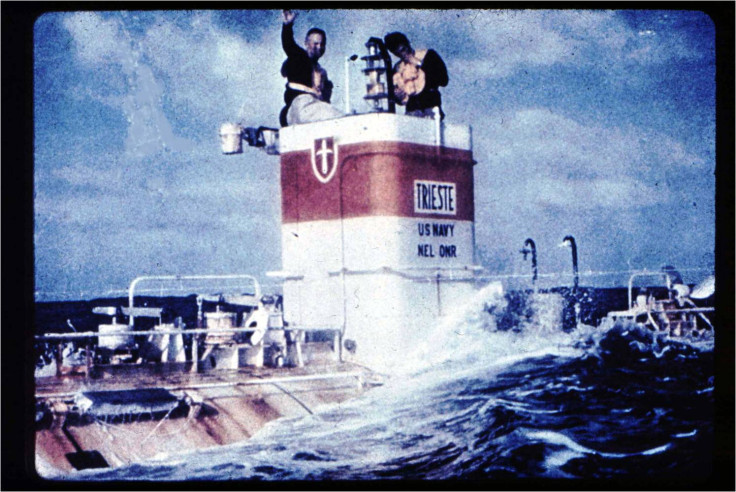Visit the deepest part of the ocean with Don Walsh through VR
Walsh and Jacques Piccard became the first humans to descend to full ocean depth in January 1960.
You can now see what it is like to dive into the deepest part of the ocean – the least-explored region on Earth, with just three humans having travelled so far into the abyss. The project marks the anniversary of the deepest dive in history, undertaken by Don Walsh and Jacques Piccard on 23 January, 1960.
The 360 VR film Journey to the Deep has been created by marine research charity Nekton. It launched its first mission to investigate the deep ocean last year and set to release its scientific findings in autumn, as part of the XL Catlin Deep Ocean Survey.
Mission director Oliver Steeds explained: "Viewers can experience the descent into the darkest depths of the ocean, and encounter the inhabitants and hundreds of facts about the largest, yet also the least-known environment on our planet."
To this date, mankind has spent just three hours in the deepest part of the ocean. In comparison, we have spent some 300 hours on the surface of the moon. Only three people have ever travelled this far – Walsh, Piccard and filmmaker James Cameron. The deep ocean – anything 200m below the surface – constitutes the biggest environment on the planet, yet we have explored less than five percent of it.

The VR film has been narrated by Walsh, who talks about what it was like completing the deepest dive in human history on board the US Navy bathyscaphe, Trieste. "After 1960, we turned our eyes towards outer space and Project Nekton was largely forgotten," he said. "I hope this film encourages people to begin to turn their gaze downwards. Today the deep ocean remains the last, great, unknown frontier on our planet. As we consider colonising Mars, we must remember that less than five percent of the ocean has been explored."
Walsh and Piccard's descent in the Marianas Trench took almost five hours, during which they travelled to a depth of almost 10,911m. They spent 20 minutes there, as eight tonnes of water pressed down on every square inch of their tiny cabin.

Talking about the experience, he said: "[It was] another day at the office. I don't want to make it mundane. We had done six months of intensive work dawn to dusk and weekends included. This was the culmination of all our hard work and we did it sort of on time, we did what we said we were going to do and I was just representing my team.
"[At the end] we shook hands, then we decided we'd better get back to the surface because the length of our dive was proscribed by day length ... We knew we'd had about just a half hour time to play with on the bottom. But after 20 minutes and we couldn't see out the window because of the bottom sediment cloud we went on up."

He continued: "After we'd made our deep-dive, I think history and most people felt that that was a one-time thing and I'd really like to correct that impression. First of all, our role, Piccard and myself was to act as test pilots. Many people at the time thought that the deep dive was it. It was some kind of record setting project by the navy and that was absolutely wrong. Record-breaking was not what we were about. We were trying to produce a platform that would have high utility for ocean scientists."
Listen to the full interview below:
© Copyright IBTimes 2025. All rights reserved.






















